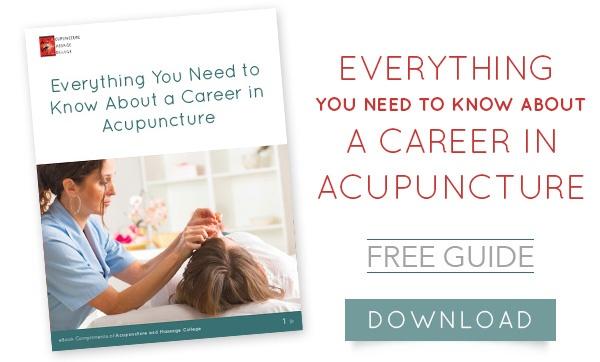Over the past few weeks, we've been covering the history of acupuncture in America.
In the first installment of this series, we covered the early history of acupuncture in the West and discussed the first Europeans to come into contact with acupuncture. In the second installment, we discussed how acupuncture was introduced to the early American medical community. In the third installment, we discussed how acupuncture first entered the American mainstream during the 1970s and covered the early years of acupuncture as a profession.
In this blog, we'll cover the history of acupuncture in America during the 1980s.
Acupuncture Rising: Acupuncture in American During the 80s
By the 1980’s, it was apparent that acupuncture was more than a fad, and that was becoming a legitimate medical profession. For example, in 1981, the American Association of Acupuncture and Oriental Medicine (AAAOM) was established as the first professional association for practicing acupuncturists.
In 1982, the Council of Colleges of Acupuncture and Oriental Medicine (CCAOM) was established to promote educational standards and training best practices between acupuncture schools, such as mandating a Clean Needle Technique (CNT) course.
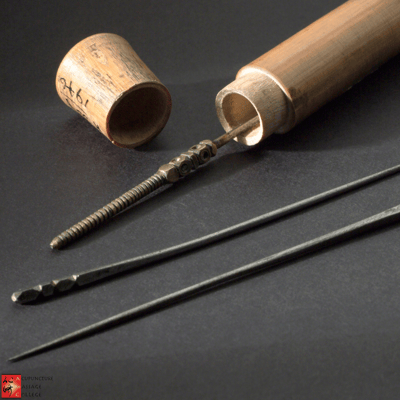
Together with the AAAOM, CCAOM co-established the Accreditation Commission for Acupuncture and Oriental Medicine (ACAOM) to accredit acupuncture schools and programs across the country. Just six years later, in 1988, the United States Department of Education recognized ACAOM as the professional accreditation agency for the study of Acupuncture and Oriental Medicine (AOM).
-5.png?width=400&name=Q12019-Blog-AMC%20(1)-5.png)
Also in 1982, the National Certification Commission for Acupuncture and Oriental Medicine (NCCAOM) was established to certify professional acupuncturists on a national-level. Certification required completing an ACAOM-accredited program, completing a required Clean Needle Technique (CNT) course, and passing specific NCCAOM exams.
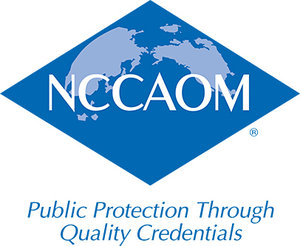
The establishment of NCCAOM was crucial to the development of acupuncture as a profession, because it set and verified entry-level knowledge and skills required for administrating safe acupuncture treatments on a national level.
This established a sufficient-level of regulation around the practice of acupuncture and Oriental Medicine, which allowed states to loosen their stringent acupuncture laws and gave states that didn’t have acupuncture laws a set of standards to use. Today, 43 states require NCCAOM certification in order to legally practice acupuncture.
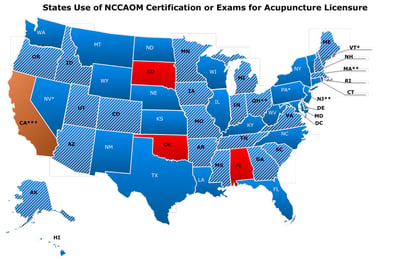 By the end of the 80s, it was clear that acupuncture wasn’t going to away. By 1989, 20 states had acupuncture laws and many of those states had at least one acupuncture school. For example, Florida passed its first acupuncture laws in 1981. By 1983, the first acupuncture school in Florida was established - the Acupuncture and Acupressure Institute, which eventually became Acupuncture and Massage College.
By the end of the 80s, it was clear that acupuncture wasn’t going to away. By 1989, 20 states had acupuncture laws and many of those states had at least one acupuncture school. For example, Florida passed its first acupuncture laws in 1981. By 1983, the first acupuncture school in Florida was established - the Acupuncture and Acupressure Institute, which eventually became Acupuncture and Massage College.
The 80s were a crucial time for the development of acupuncture as a profession, especially in regards to scope of practice laws and safety regulations. However, acupuncture was still considered a fringe science. Before it could it truly go mainstream, it needed some backing from Western medicine. In the next article, we’ll discuss acupuncture during the 1990s until the present time.
If you're enjoying this series on the history of Acupuncture in America, we encourage you to explore a career in acupuncture and Oriental Medicine. Check out our acupuncture school in Florida for more information about our degree program and download our free career guide below!
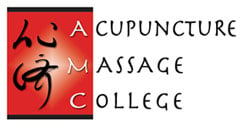
 (305) 595-9500
(305) 595-9500



